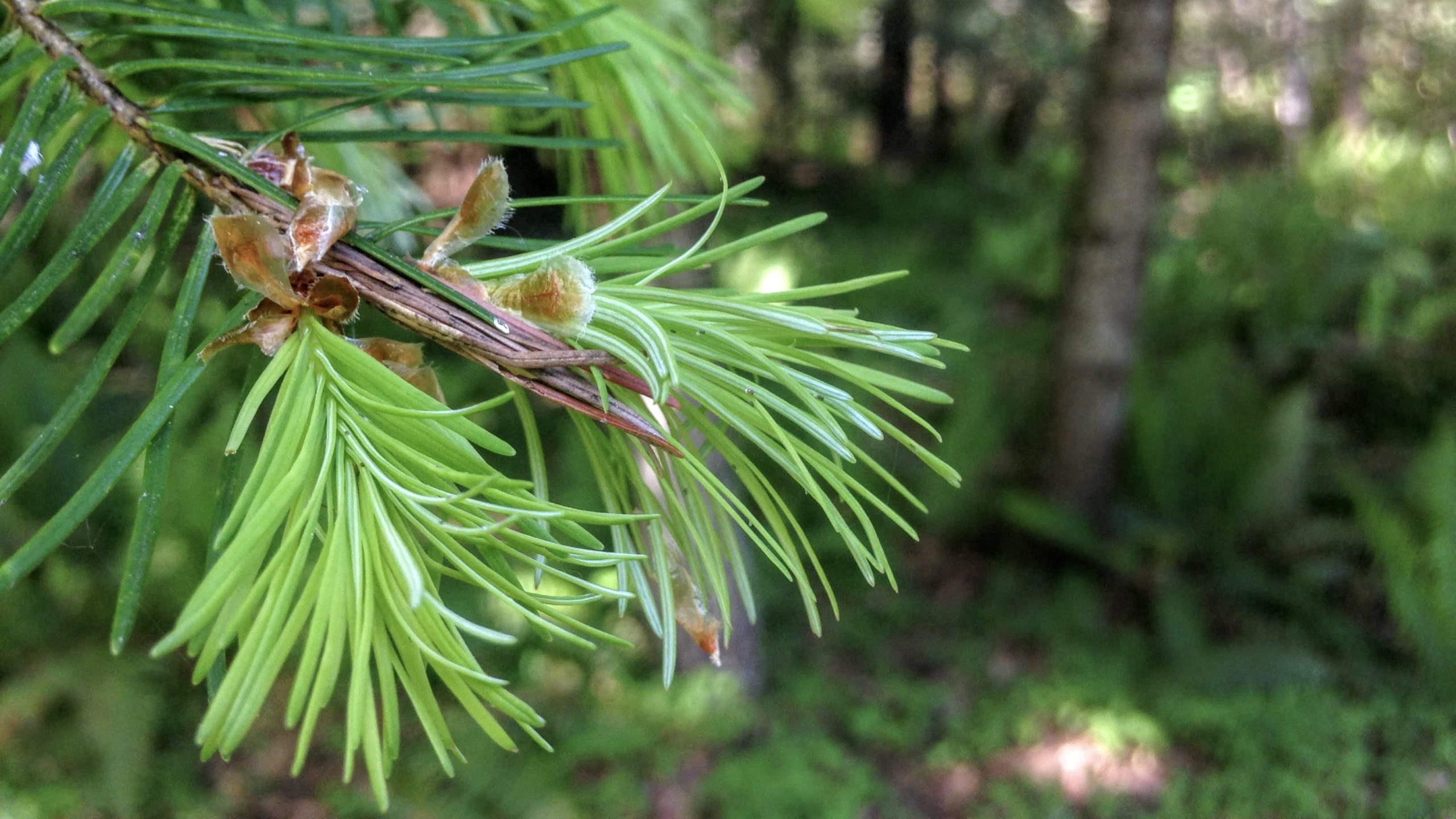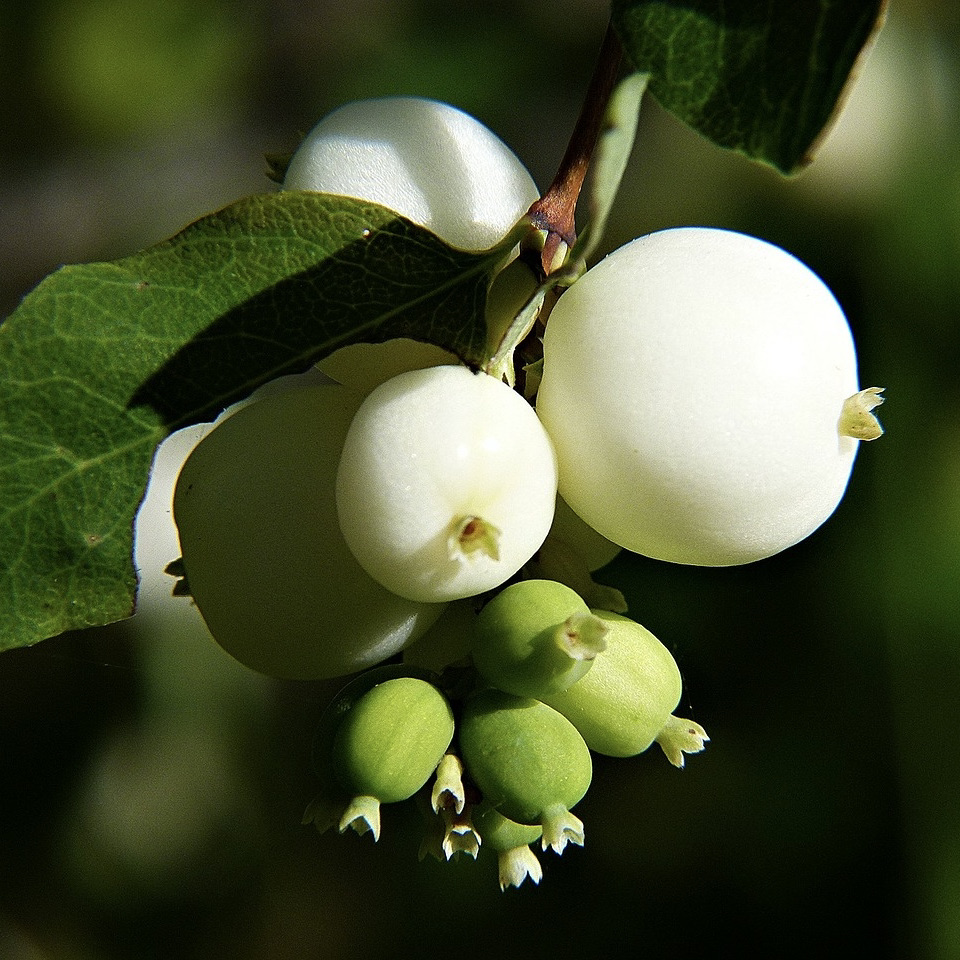
What is a Native Plant?
Native plants belong where everyone knows their name. Be glad yours remain.
A native plant is one that has grown within a specific area for hundreds or thousands of years. Over that time, they developed life-sustaining relationships with one another, animals, fungi, microbes, and the non-living landscape. Every native organism is vital to community wellness. If one role is unfulfilled, it can disrupt the community for thousands of years. Communication is an indispensable part of community synergy and resilience. The ability to maintain deeply-rooted relationships is the unique untapped intelligence of native plants.
When you talk about native plants, you always refer to the region that the plants are native to: e.g. Arbutus menziesii is a native tree of the Pacific Northwest, USA. Any plant unaltered by human selection or breeding is a native somewhere in the world, and that somewhere matters.
Native plants are different from other “naturally occurring” or naturalized plants because they evolved with the area. Naturalized plants were introduced, therefore are not a part of the synergistic community and cannot fulfill the same roles as native plants. Some naturalized plants go berserk on native communities — think of destructive yet delicious Himalayan blackberry (Rubus armeniacus) or suffocating English ivy (Hedera helix). When naturalized plants run rampant in native communities, they are called invasive plants.
Naturalized plants may have been introduced to an area by humans, but spread without our assistance. Garden plants or anything that cannot survive without external care is known as a non-native plant.
Why use Latin, or botanical, names?
Botanical names are precise and helpful when identifying plants. Common names are sometimes useful in helping us identify the plant, like snowberry (Symphoricarpos albus) with large white berries that persist through winter. The problem with common names is that there are often many plants with the same name, or one plant with many names. The botanical name is specific, sometimes even down to the plant’s native region.
I mention Douglas fir (Pseudotsuga menziesii) in a few articles; the name of the coastal species that fills my region is actually Pseudotsuga menziesii var. menziesii. Pseudotsuga menziesii ranges widely to the south and east with largely the same towering presence. To be inclusive, I name Pseudotsuga menziesii.
Douglas fir is also not a true fir tree, of the genus Abies, which is confusing. Botanical names are a more accurate way to identify a plant. In the case of Symphoricarpos albus, “albus” in Latin translates to “white” in English, a nod to its brilliant snowy berries.

Dig Deeper & Learn More
Natural Resources Conservation Service. (n.d.). Native, Invasive, and Other Plant-Related Definitions. Technical Resources.
Free guides to ecological conservation planning for land owners https://www.nrcs.usda.gov/wps/portal/nrcs/detail/ct/technical/ecoscience/invasive/?cid=nrcs142p2_011124